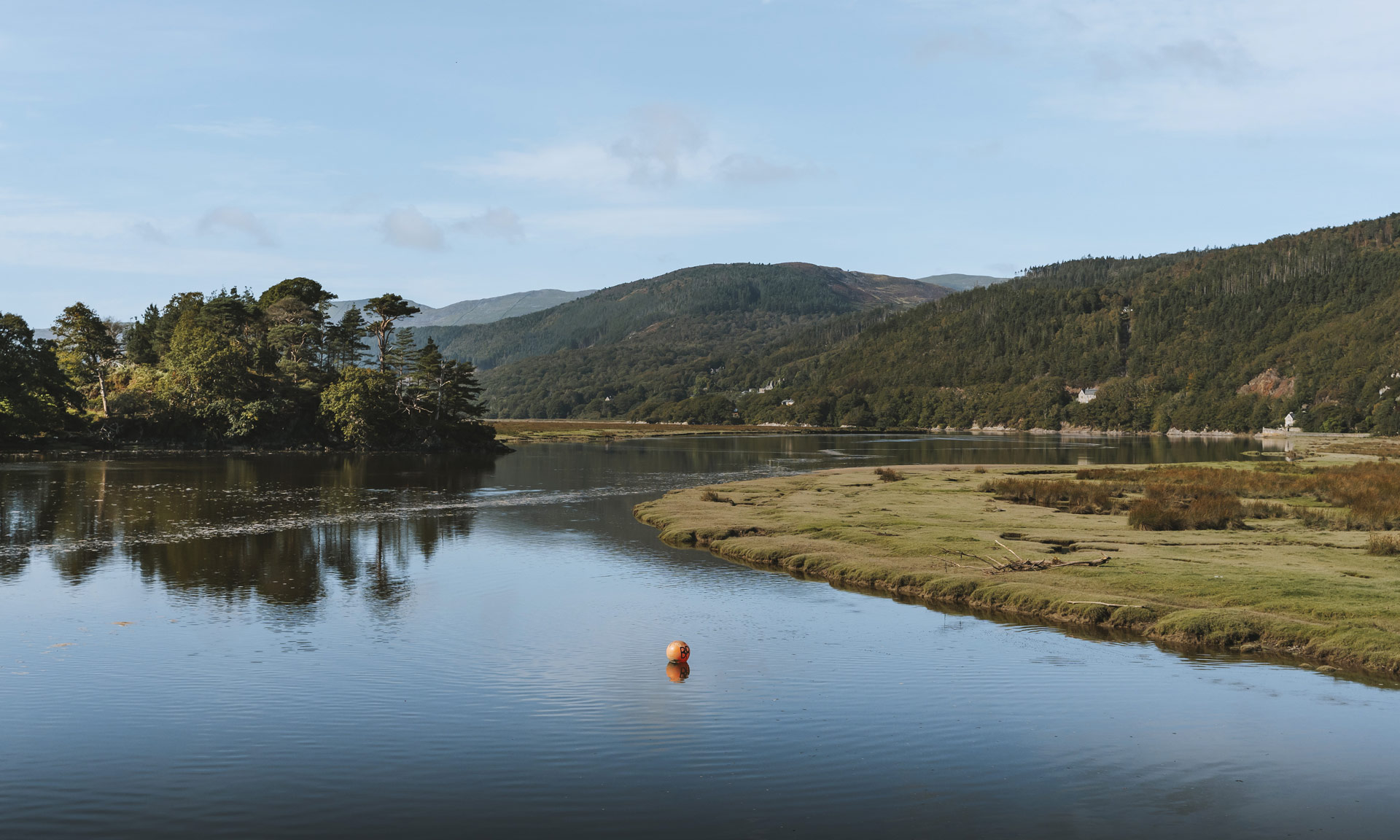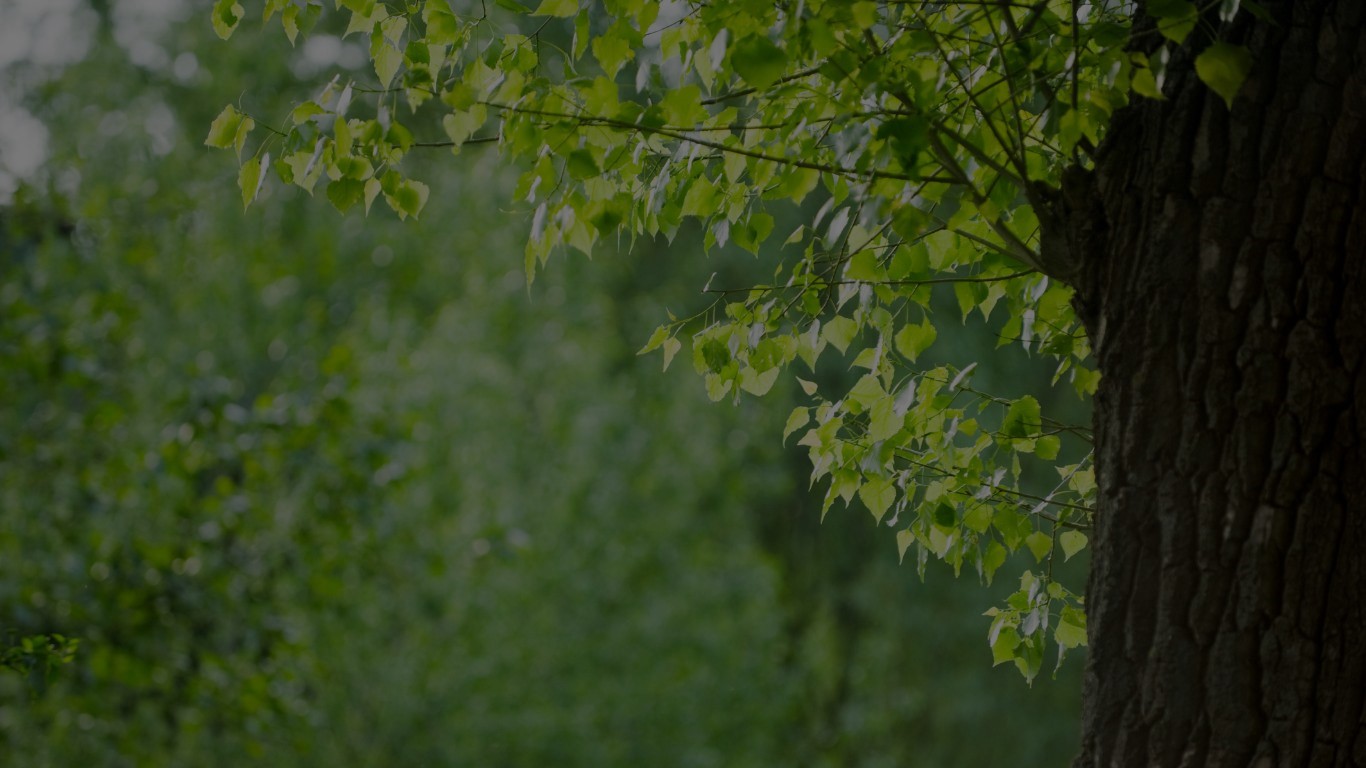The National Park Authority’s Conservation, Woodland and Agriculture Service is eager to locate female black poplar trees growing outside of Eryri, and to work with their owners to obtain cuttings. By propagating and planting female trees from healthy cuttings from other areas, Eryri’s black poplar tree population can thrive once again.
The black poplar is a native tree found growing in isolation here and there in Eryri, but unfortunately their numbers are in decline owing to the lack of female trees. Black poplars once thrived in Eryri, but demand for their light coloured and springy timber for use in carpentry led to their decline. As the black poplar is a dioecious tree, meaning they are either male or female and therefore need to grow in close proximity to one another to reproduce, their ability to do so was increasingly compromised as they were felled.
A survey undertaken by the National Park Authority found that of the few trees that are found here in Eryri they are either too mature or too young to reproduce, therefore an alternative method of propagating cuttings from mature trees will be required to revive the species. Using tree cuttings from other areas of the country will also expand the gene pool, which will ultimately result in a healthier tree population.
Rhydian Roberts, the National Park Authority’s Trees and Woodlands Officer said:
“This is a very exciting project to revive a species of tree that once formed part of the tapestry of Eryri. As black poplar trees take many years to mature this is a long-term project, and it will be many decades before we can see the black poplar well established and thriving here once again. In a way, this project is an investment for the benefit of future generations.
As our population of ash trees deteriorate and disappear because of the ash dieback disease that is spreading like wildfire through the country, facilitating the revival of black poplar trees is also a positive move to ensure a diversity of trees to support our biodiversity and ecosystems for the future.”
The Park Authority is calling on the people of Wales and beyond who have a female black poplar (which produces green catkins) growing on their land to get in touch to discuss the possibility of arranging to obtain a cutting of the tree. When cuttings have well established roots, where they’re eventually planted will need to be given careful consideration to ensure the best chance of reproduction. Anyone with a black poplar tree growing on their land can contact us by emailing parc@eryri.llyw.cymru or phoning 01766 770 274.
Ends
Notes to Editors
- The black poplar tree is in decline throughout the UK and can now only be found growing in isolation in some areas in Wales and beyond, especially in Cheshire, Shropshire, Somerset and East Anglia.
- The male and female trees can be identified by the colour of their catkins, with the catkins of male trees red in colour, and green in the females.
- The black poplar provides sustenance for many species of caterpillars and moths and are an early source of nectar for bees and insects. Birds also eat the seeds.
- Some black poplar trees were planted in the Dolgellau area by the National Park Authority some 15 years ago, however it will be another 35 years or so before they are mature enough to reproduce.
- For more information or to arrange an interview, contact Gwen Aeron Edwards, Communications Officer for Planning and Land Management on gwen.aeron@eryri.llyw.cymru or 01766 770 274.



